28Feb
Take no chances with grass grub this autumn
Grass grub larvae may be small, but as many farmers found in autumn 2021, they’re capable of causing major problems. Even at relatively low numbers, they can make a meal of new grass paddocks in the weeks ahead, not to mention autumn sown cereals, and clover seed crops.
Significant losses were reported this time last season, because by the time farmers realized what was happening it was too late to save their paddocks. The economic threshold for control of grass grub in newly sown pasture is as little as three larvae per spade square, or 75 per square metre, so it doesn’t take many to create an issue.
Seed treatment will protect newly germinated seedlings over the establishment period. But after that, what are your options?
Controlled release suSCon® Green from Nufarm gives up to three years’ control of newly sown pasture and protects cereals and clover seed crops for the life of the crop. A tiny green polymer granule which is drilled down the spout with the seed at sowing time, it is the only controlled release formulation of its type for grass grubs.
suSCon Green is impregnated with chlorpyrifos which is control-released into the surrounding soil. The released chlorpyrifos degrades in the soil but is constantly replenished from the granule for the duration of its active life. That means reduced environmental impact, a less hazardous formulation, low toxicity to earthworms and a granule that is free flowing, dust-free and very easy to handle.
Cynthia Christie, technical specialist for Nufarm, says grass grub may be one of New Zealand’s most common and costly pasture pests, but that doesn’t make them easy to control. “You’re dealing with a pest that lives underground and is far from predictable in terms of timing.”
Grass grub larvae can be present in the soil from autumn through to the end of winter, meaning it is almost impossible to predict timing or length of feeding. Short term protection products are unable to cover the whole risk period except via a programme of multiple applications. Grass grub damage costs NZ more than people often realise, Christie says.
A recent study led by AgResearch1 estimated irrigated Canterbury dairy farmers lost $1.8 million a year in dry matter yield, highlighting potentially significant economic gains from better pest control. AgResearch scientist Dr Sue Zydenbos presented the work at the Grasslands conference in Napier late 2019. It modelled data and pasture measurements over three years to quantify the scale and cost of the yield gap between pastures affected by grass grub, and those which were not. The yield gap was calculated at 6,800 kg DM/ha, modelled at an annual profit loss of $650/ha. “Those are big numbers,” she says. “If you’re aiming to grow 20 t DM/ha/year on irrigated land in Canterbury, losing 6,800 kg DM/ha/year would be a third of your total DM production.”
For best results, suSCon Green should be drilled at 15 kg/ha in the same furrow with the seed at 15cm row spacings. It’s critical to have sufficient granules per metre along the seed row. Drilling into sprayed out pasture or bare ground is also key, because it forces grass grub to move into the drill row to feed, and thus ingest the chlorpyrifos released by suSCon Green granules. suSCon Green is not suitable for broadcast or roller drilling methods of sowing. Seed and granules should not be sown in different rows, nor should seed and granules, or granules alone, be under sown into unsprayed pasture.
For more advice on protecting new pasture, cereal, and clover seed plantings from grass grub with suSCon Green, talk to your Ruralco Representative today.
®suSCon is a registered trademark of Nufarm Technologies USA Pty Ltd
Zydenbos et al, Journal of New Zealand Grasslands 81: 163-170 (2019
THIS PROMOTIONAL FEATURE WAS PROVIDED BY NUFARM
Related
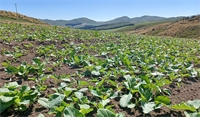
Corteva™ Agriscience has farmers covered with a suite of post emergence forage brassica herbicides ...
Read More
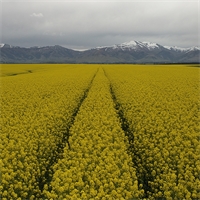
A farm-based agronomy project aimed at identifying key drivers of yield and profitability for oilsee...
Read More

Transform a glass jar into a chic statement piece with this easy DIY yarn-wrapping technique.
Read More
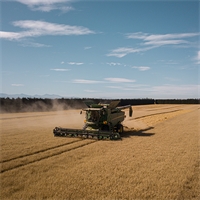
For the next 3 months we will look at the following: fodder crops, pre-emergence sprays on autumn so...
Read More
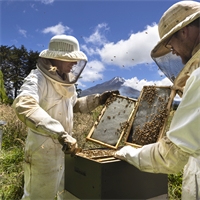
One Taranaki family has managed to step aside from the whirlwind impact of manuka honey goldrush, ke...
Read More
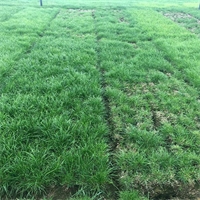
Mohaka is bringing a new name to the hybrid ryegrass category with new, high producing genetics and ...
Read More